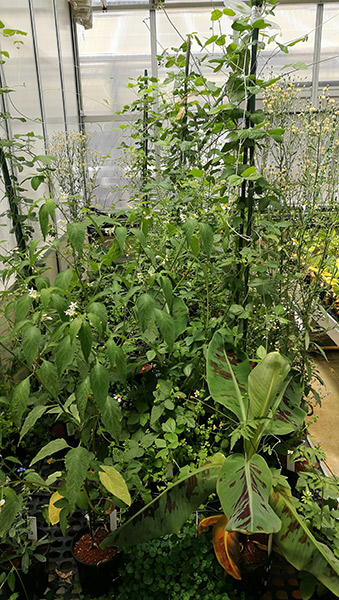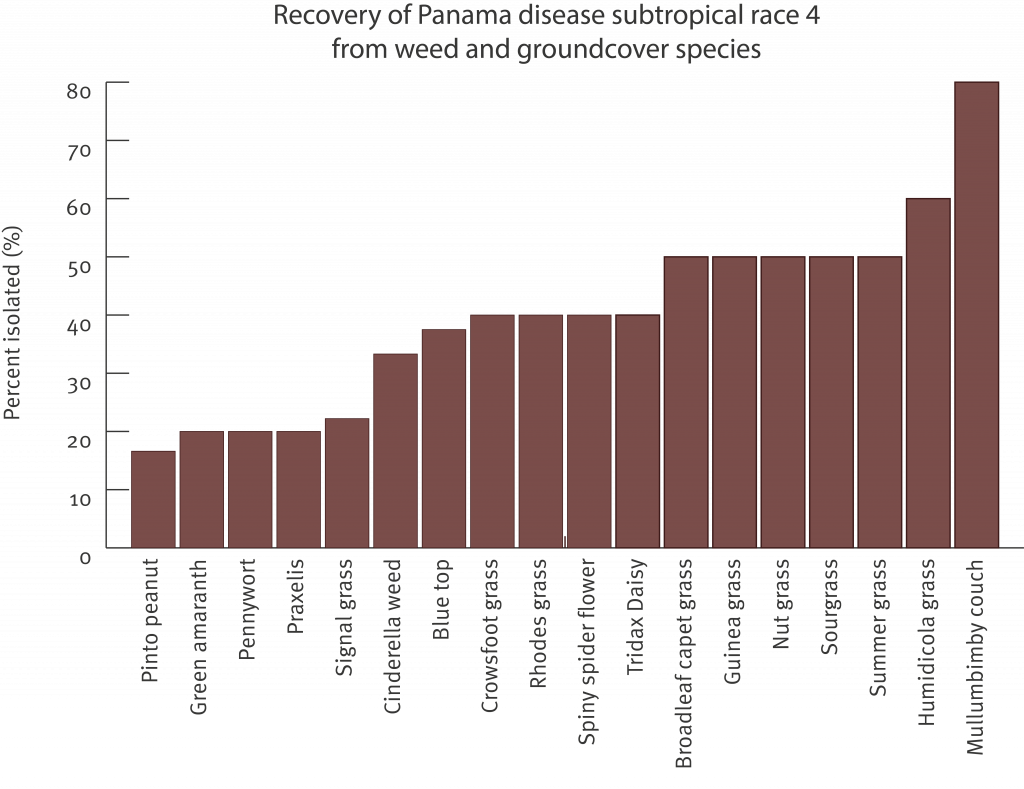Host research using Panama disease race 1
Understanding what species are capable of hosting the fungal organism that causes Panama disease will help inform how weeds and ground covers are managed in areas infested with the disease.
Work in Far North Queensland has used Panama disease race 1 as a surrogate for tropical race 4. Field surveys conducted in the region have identified plant species common to banana plantations that may act as potential alternative hosts. In this context, a host is defined as a plant in which the fungus can survive, often without obvious disease symptoms apparent.
Weed and ground cover species were collected from farms in Far North Queensland with a history of race 1 infection. In total 115 samples from 20 different plant species were analysed for the presence of the fungal organism (Fusarium oxysporum f.sp cubense) that causes Panama disease race 1.
Roots from each of the plant samples were washed to dislodge excess soil before being surface sterilised. Segments of roots were placed in Fusarium selective media, and incubated for 3-5 days to allow fungal growth. The recovered populations were sent to a specialist diagnostic lab in Brisbane for formal identification.
Race 1 was found living within four different species commonly found co-habiting Far North Queensland banana farms. These species were, spiny spider flower (Cleome aculeata), Youngia japonica, crowsfoot grass (Eleusine indica) and summer grass (Digitaria ciliaris).
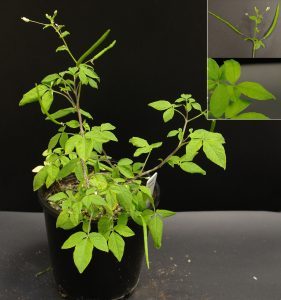
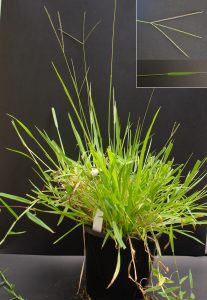
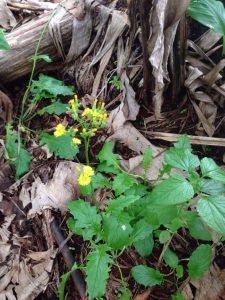
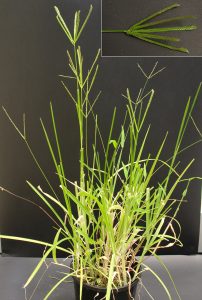
Please note...
Panama disease race 1 (R1) was used as a surrogate for Panama disease tropical race 4 (TR4), as access to TR4 infested banana properties in Queensland is restricted.
This trial was funded as part the Fusarium Wilt Tropical Race 4 – Biosecurity and Sustainable Practices project (BA14013). This project was funded by Hort Innovation, using the banana research and development levy, co-investment from the Queensland Department of Agriculture and Fisheries and contributions from the Australian Government. Hort Innovation is the grower-owned, not-for-profit research and development corporation for Australian horticulture.




